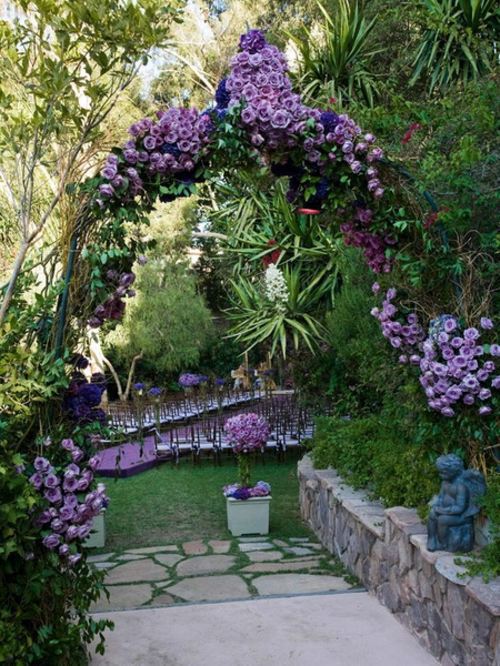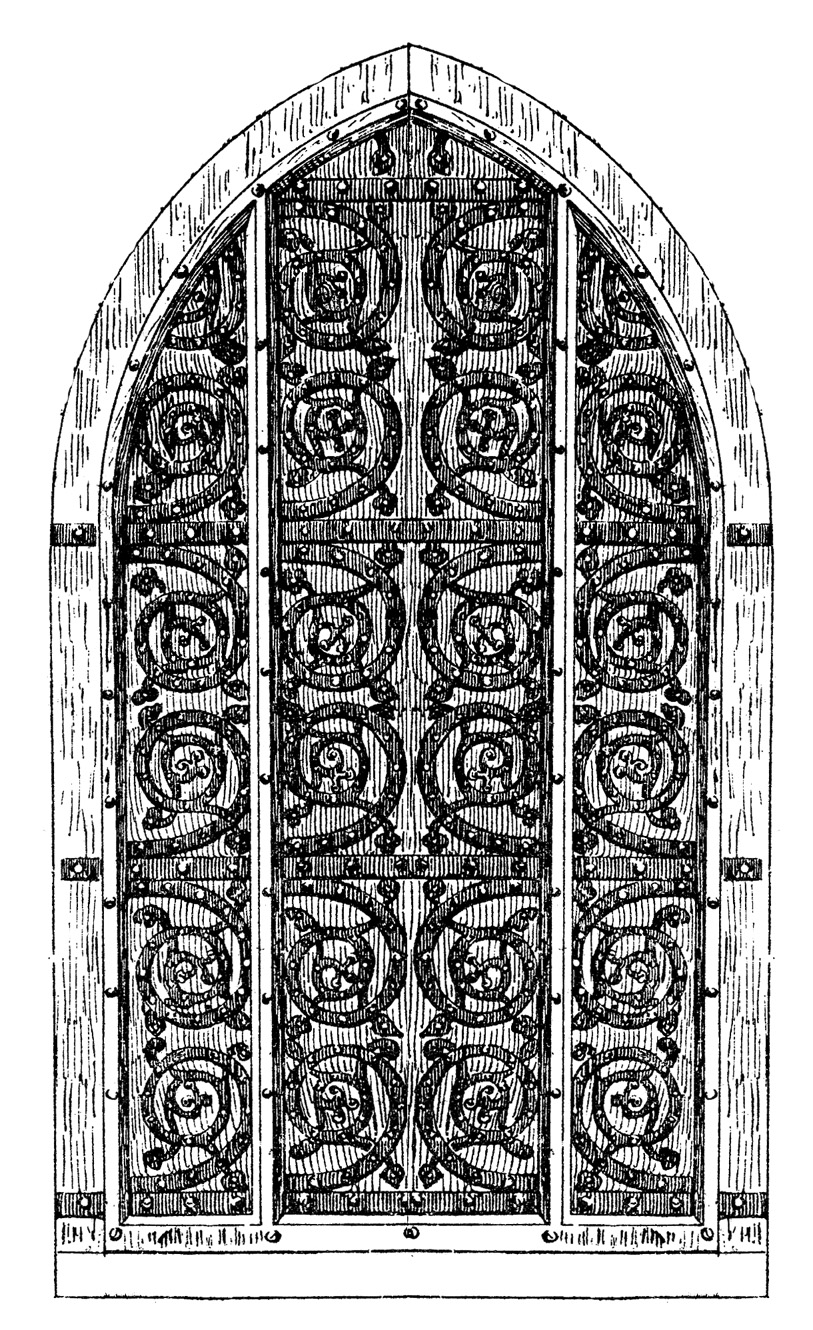

In the past, the hortillons would ferry their produce in traditional vessels nicknamed barques à cornet (horn boats) – long boats with a raised pointed end, whose shallow draught and wide flat decks were tailormade to navigate the channels of the Hortillonnages. Those remaining, however, still transport a tempting array of fresh produce and flowers from their plots every Saturday to pile high in an atmospheric outdoor food market on the river quayside at Place Parmentier in the heart of Amiens. While past centuries saw several hundred hortillons working here full-time, the arrival of modern conveniences, like supermarkets from the 1950s onward, spurred a sharp decline in their numbers, and there are now only around 10 or so full-time market gardeners cultivating crops in the Hortillonnages. Legend also suggests that in return for his act of charity in providing the land, the cathedral builders placed a statue of the artichoke farmer on its façade. In a neat act of communion uniting the twin glories of Amiens, legend has it that the epic cathedral was built on an artichoke field donated by one of the hundreds of medieval farmers who cultivated the fertile soil of the Hortillonnages. That eminence is reflected by the presence of France's largest cathedral, a soaring 13th-Century Gothic landmark whose facade is exuberantly decorated with more than 1,000 statues and carvings, from saints and tradesfolk to depictions of sins. Known in pre-Roman times as Samarobriva, Amiens became Ambianum under Roman rule, when it was a key centre of the Roman Empire in France (or Gaul, as it was) and boasted at least twice the population of what is now Paris, 120km to the south. That Latin derivation nods back to Amiens' ancient roots.

Flower arch garden Patch#
The islands were farmed by growers known as hortillons – also the ancient word for each small, cultivated patch – derived from the Latin hortellus, meaning "little garden".

The waterways also created hundreds of tiny, fertile islands or "floating gardens", which have been used for eight centuries by locals for cultivation and recreation. Over centuries, the complex network of trenches they cut filled with water from the ceaseless flow of the Somme, creating an intricate filigree of channels that have led Amiens to be dubbed "the Venice of the North". The Hortillonnages came into being in when locals started to dig peat from the marshy earth to burn as fuel. Here, the River Somme does far more than wind through the town since medieval times, the river's marshy hinterland has been slowly fragmented and moulded by the city's inhabitants to create a 300-hectare watery kingdom. We were in the Hortillonnages in Amiens in northern France, a unique urban wetland that Lefevre described simply as "paradise in the city". A quiet electric engine pushed us gently through lily-covered water with minimal disturbance to the tranquil surrounds. My guide Alexis Lefevre was steering us through a network of more than 65km of public channels, known in French as rieux.

Waterfowl ducked and dived around the boat, part of a wildlife menagerie of more than 100 bird species found here. We were drifting along a tracery of slender channels over which little wooden bridges arched steeply.


 0 kommentar(er)
0 kommentar(er)
